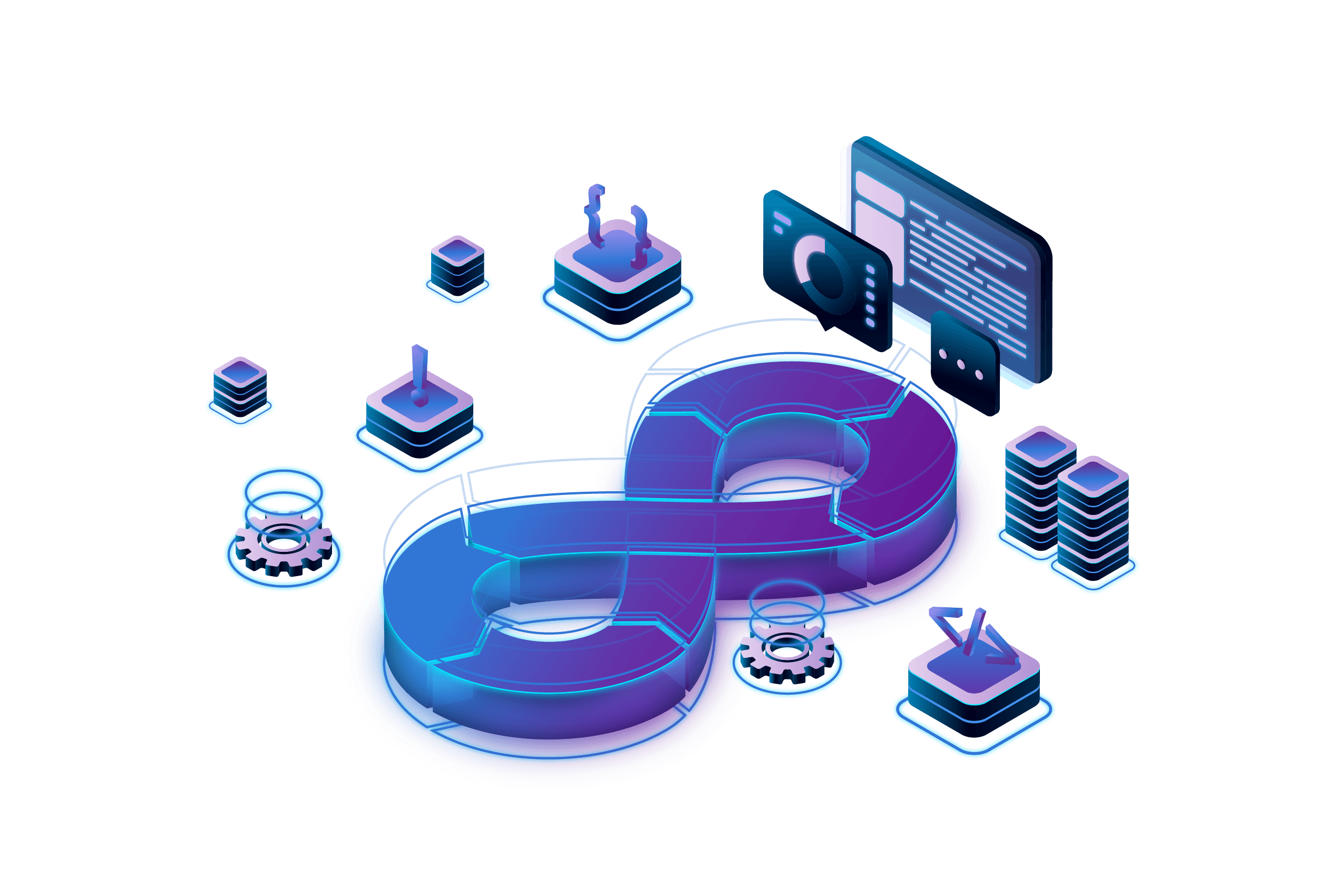What is DevSecOps?
Implementing security testing at every stage of the software development process using tools and processes that encourage collaboration between developers, security specialists, and operation teams to build software that is both efficient and secure.
It stands for Development, Security and Operations.

Importance of DevSecOps
With DevSecOps, automate security tests and reduce human errors. It also prevents the security assessment from being a bottleneck in the development process.
Focus on security controls through the entire development process. Instead of waiting until the software is completed, conduct checks at each stage and detect security issues at earlier stages and reduce the cost and time of fixing vulnerabilities.
Software teams use DevSecOps to comply with regulatory requirements by adopting professional security practices and technologies.
DevSecOps encourages flexible collaboration between the development, operation, and security teams. Everyone focuses on ways to add more value to the customers without compromising on security.
Software teams become more aware of security best practices when developing an application.
Software teams use DevSecOps to comply with regulatory requirements by adopting professional security practices and technologies.
How does DevSecOps work?
DevOps culture is a software development practice that brings development and operations teams together.
With DevSecOps, automate security tests and reduce human errors. It also prevents the security assessment from being a bottleneck in the development process.
DevOps focuses on getting an application to the market as fast as possible. In DevOps, security testing is a separate process that occurs at the end of application development, just before it is deployed. Usually, a separate team tests and enforces security on the software.
DevSecOps introduces security to the DevOps practice by integrating security assessments throughout the CI/CD process. It makes security a shared responsibility among all team members who are involved in building the software.
DevSecOps culture
The DevSecOps culture combines communication, people, technology, and process.
Best practices of DevSecOps
Shift left is the process of checking for vulnerabilities in the earlier stages of software development.
Shift right indicates the importance of focusing on security after the application is deployed.
Use automated security tools DevSecOps teams might need to make multiple revisions in a day. To do that, they need to integrate security scanning tools into the CI/CD process.
Challenges of implementing DevSecOps
Software and security teams have been following conventional software-building practices for years. Companies might find it hard for their IT teams to adopt the DevSecOps mindset quickly. Software teams focus on building, testing, and deploying applications. Meanwhile, security teams focus on keeping the application safe. Therefore, top leadership needs to get both teams on the same page about the importance of software security practices and timely delivery.
Software teams use different types of tools to build applications and test their security. Integrating tools from different vendors into the continuous delivery process is a challenge. Traditional security scanners might not support modern development practices.
Trusted by 25,000+ world-class brands and organizations of all sizes












